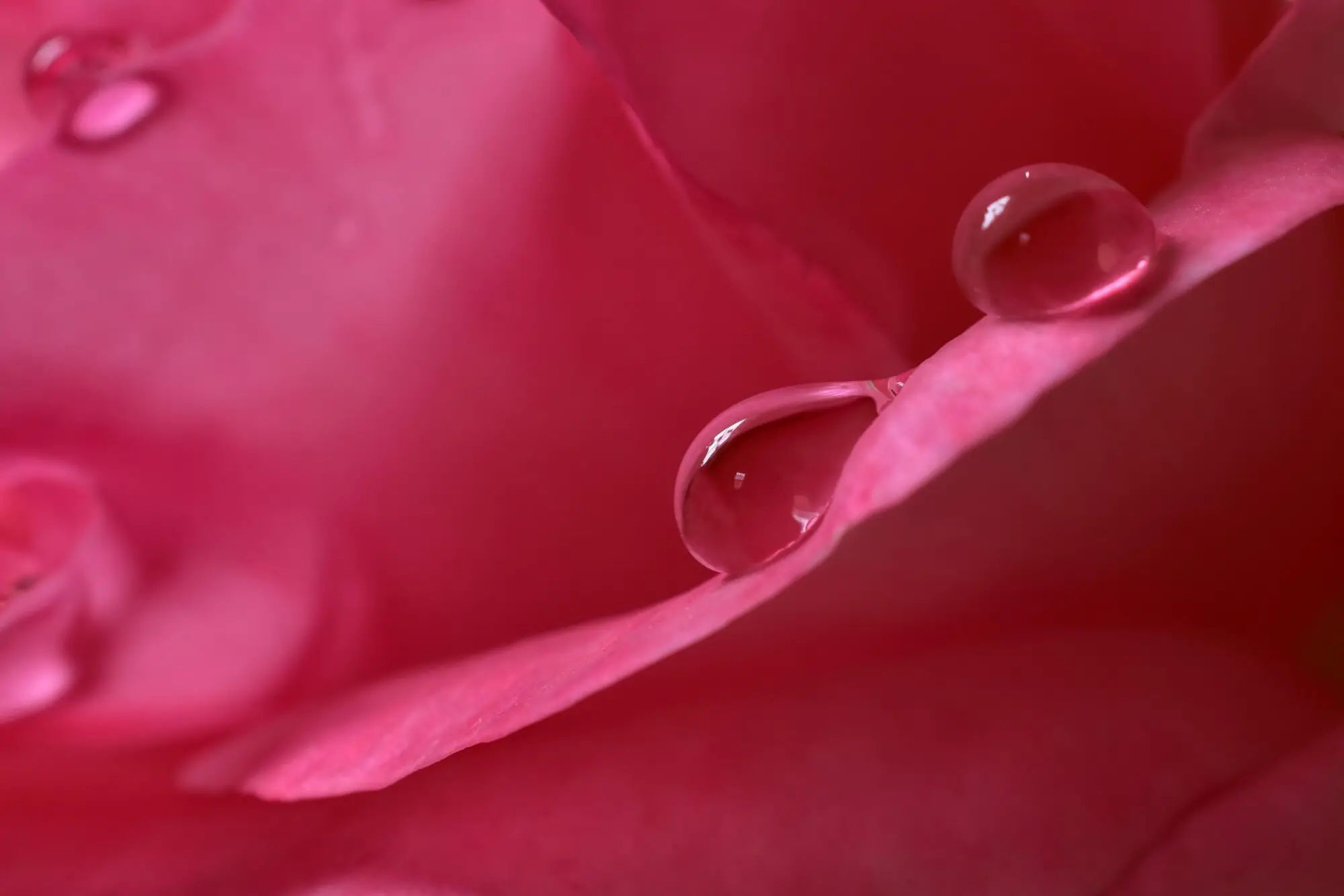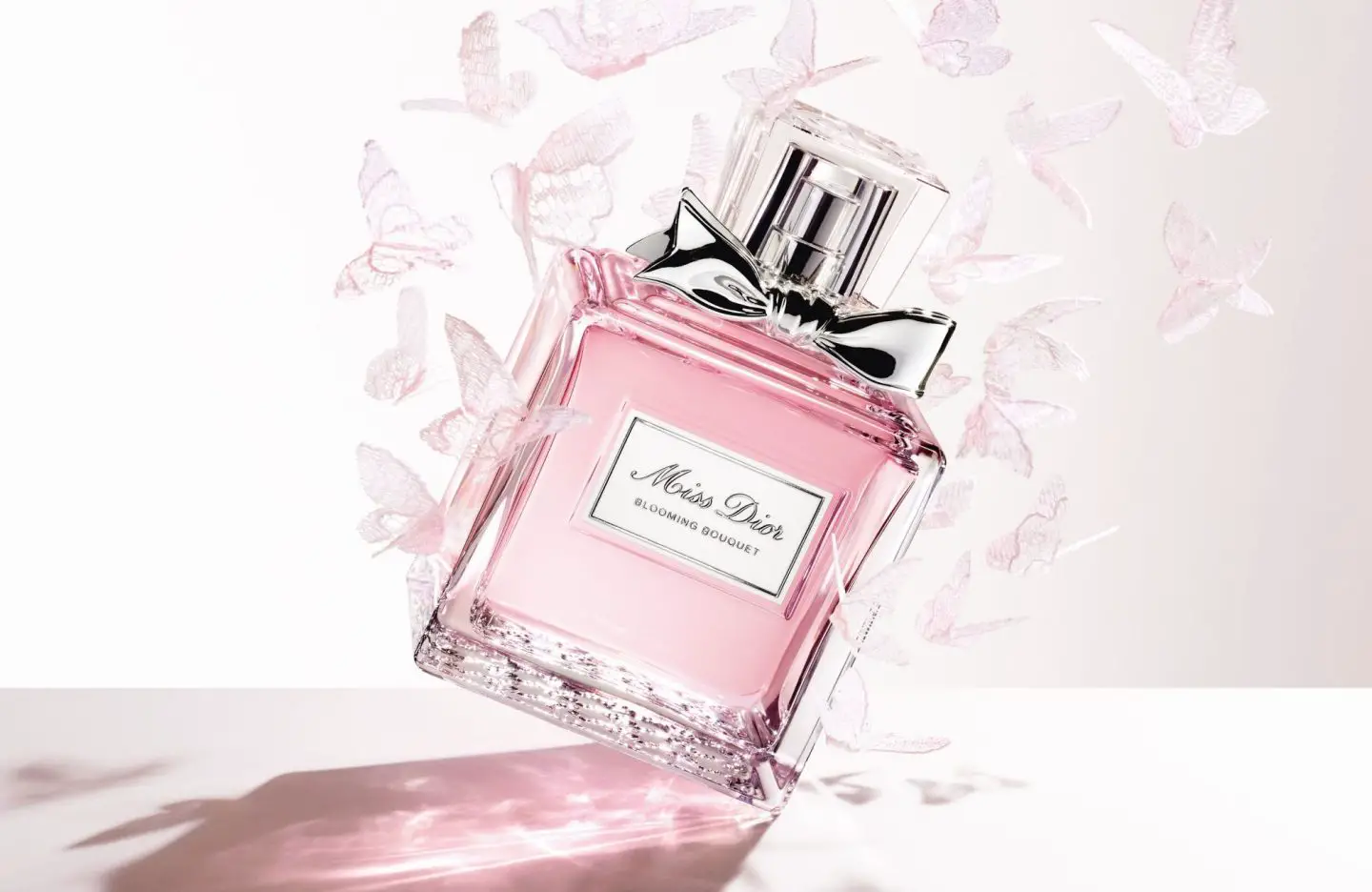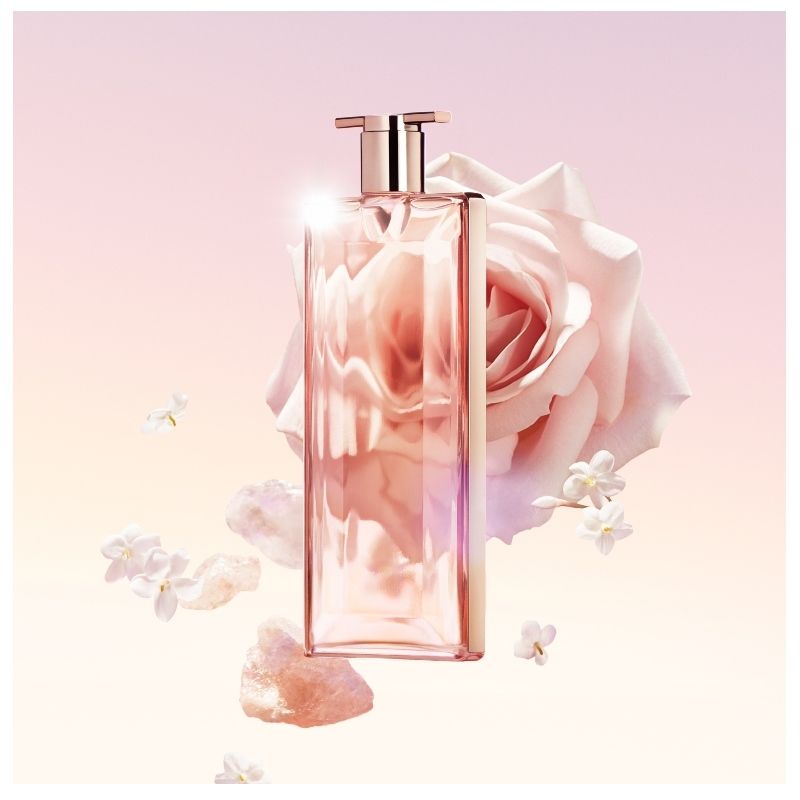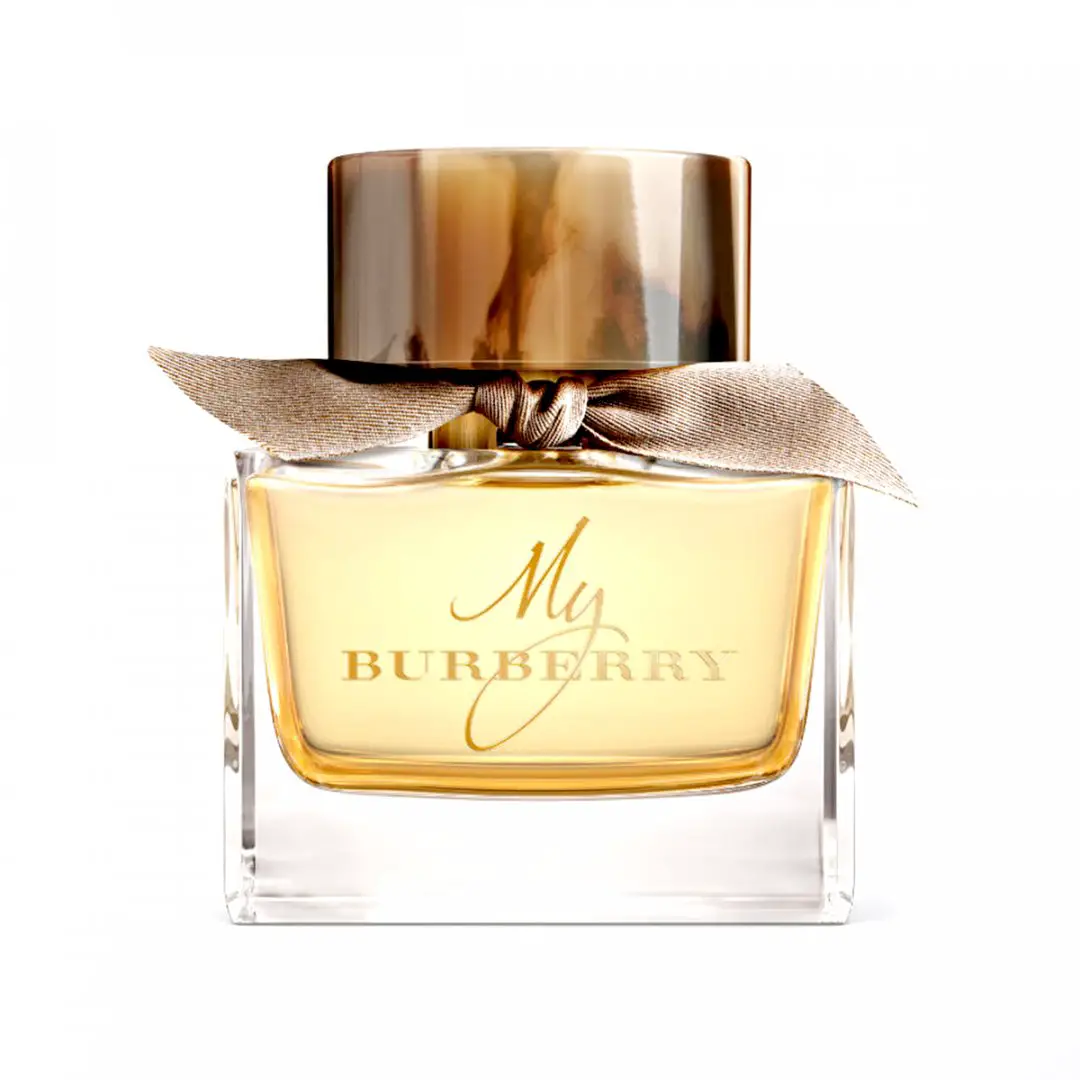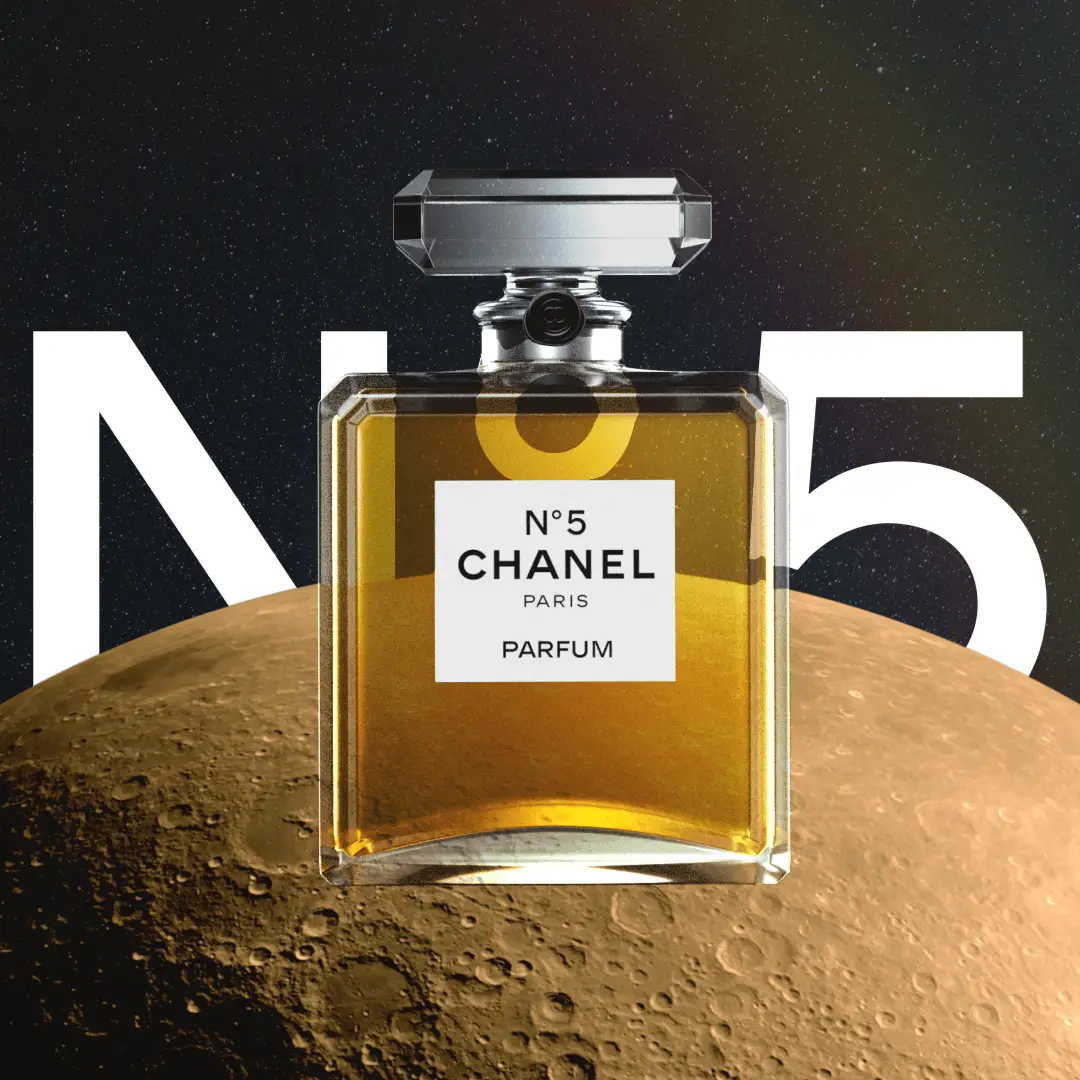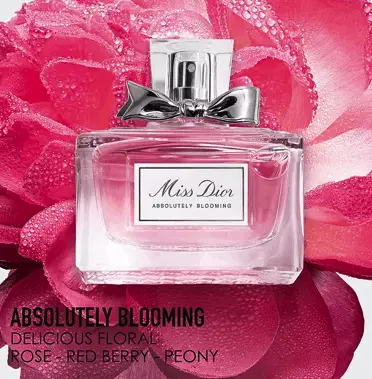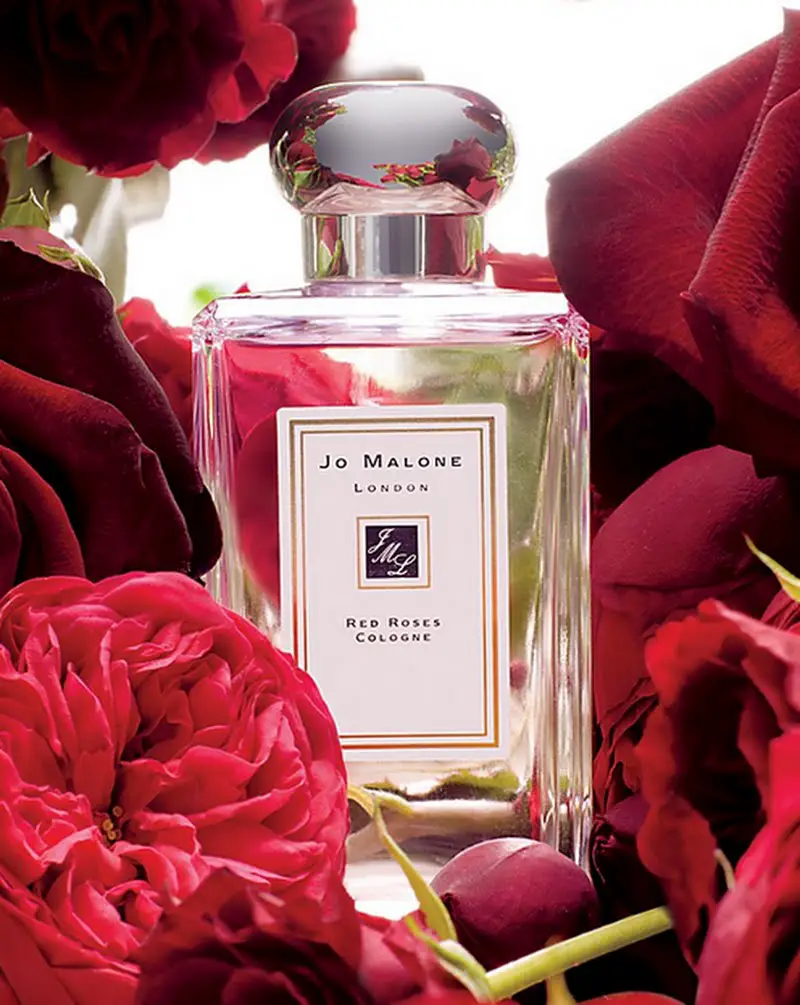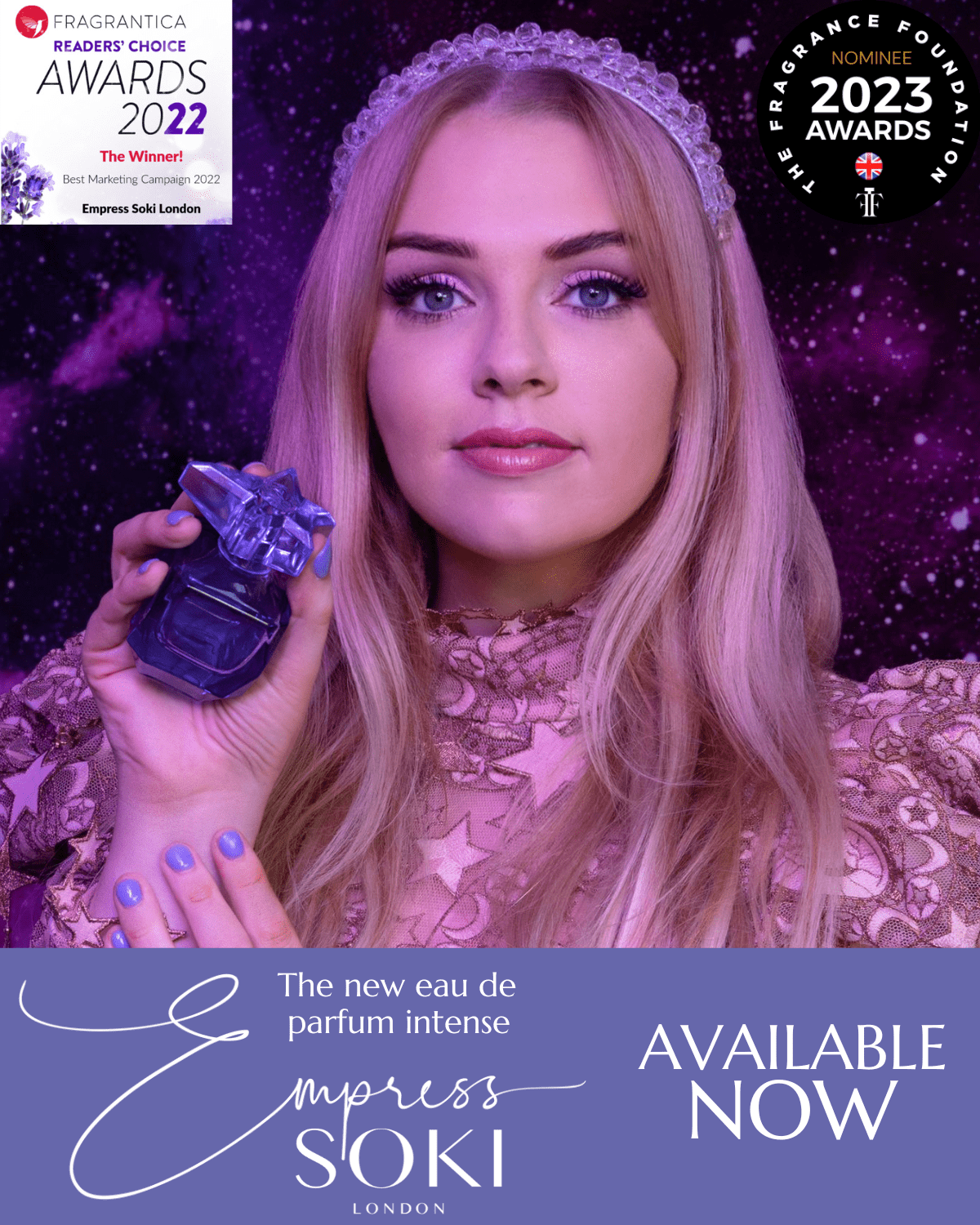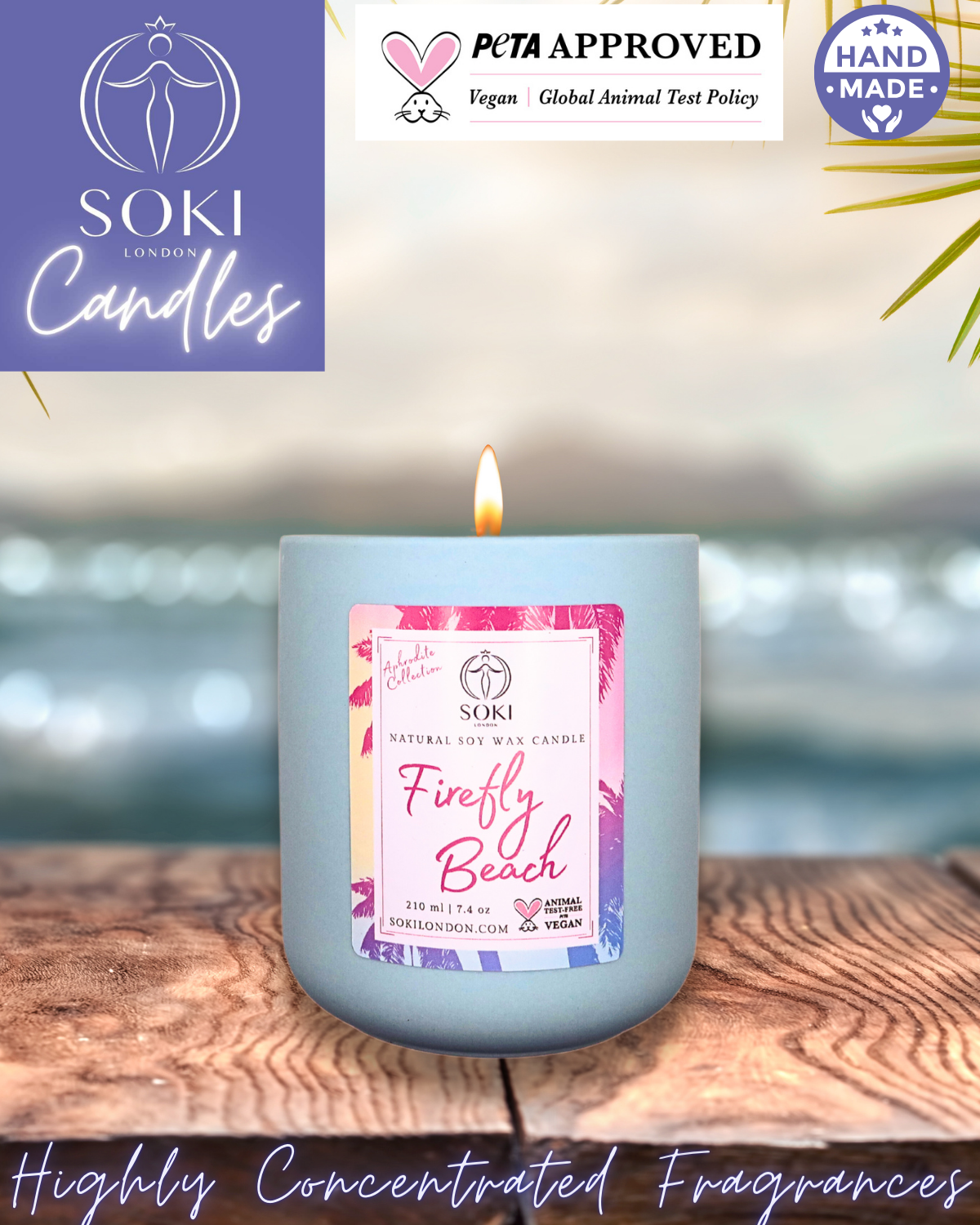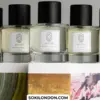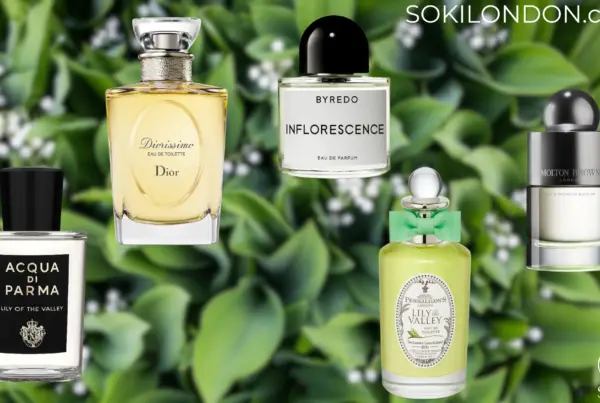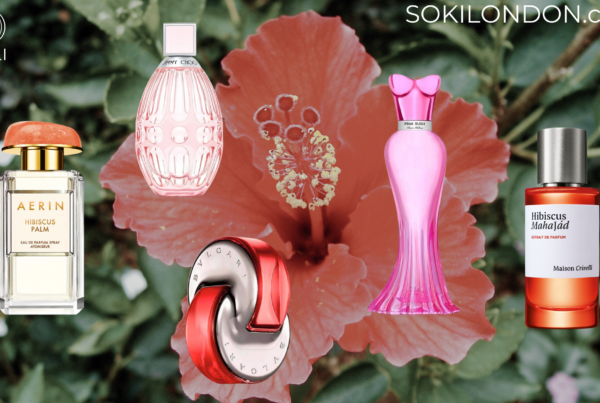Rose is one of the most commonly used ingredients in perfumery. This versatile ingredient can manifest its scent in so many different ways, it’s easy to see why it’s such a popular fragrance note. As you read the ingredients of a fragrance, it’s easy to find different types of rose referenced. There are two breeds of rose used in perfumery, but they can be grown in different soils which create differences in their scent. This article explains what each type of rose smells like, how the petals are harvested and rose essence is extracted. I also have a guide to the best Rose perfumes here.
Damask Rose
Also known as; Rose Damascen, Turkish Rose, Bulgarian Rose, Moroccan Rose, and Taif Rose.
The history of Rose Damascen; The name Damask Rose derives from Damascus, the current capital of Syria and part of the ancient Persian empire. It’s believed to have actually originated In India, but was brought through trade routes into Persia. The Crusades of the 13th century brought Damask rose through to Europe and there are records of it being grown in Bulgaria in the 1600s; when Bulgaria was part of the Ottoman Empire.
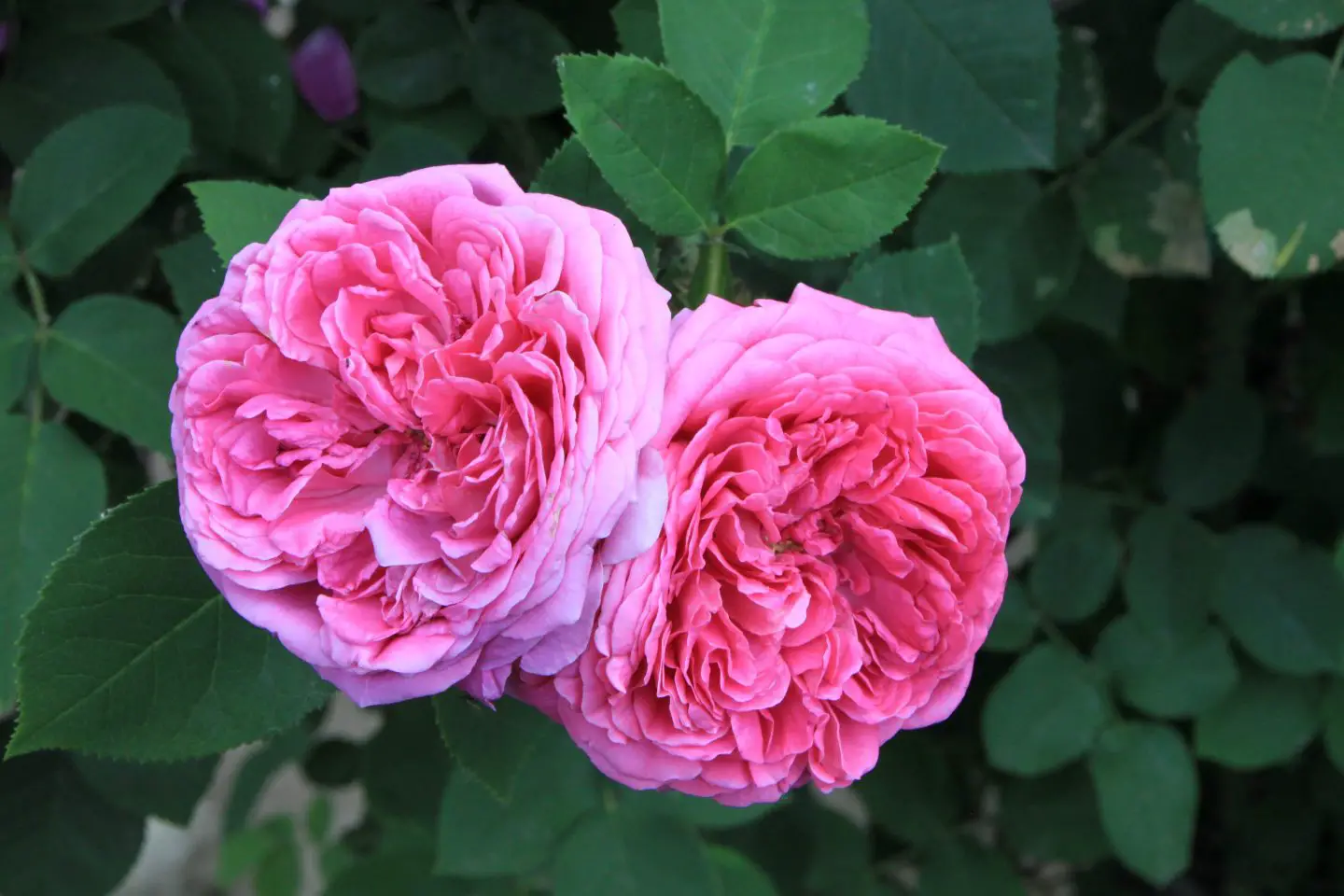
Kazanlak, in Bulgaria, is where the so called “Valley of the Roses” exists. This area, shielded by mountains receives lots of rainfall and produces great Damask roses.
Bulgarian Rose tends to have a slightly darker feel to it which means it works well in gourmand perfumes. It’s known for its longevity and almost seductive element which means it is in high demand for use in stronger fragrances.
Moroccan Rose, is Damask Rose grown in Morocco. The Moroccan soil creates a fresh feeling to the scent; like a freshly picked bunch of roses. Morocco has it’s own “Valley of the Roses” in their M’Goun Valley. During the April and May season when the roses are picked, this valley alone produces up to 4000 tonnes of roses.
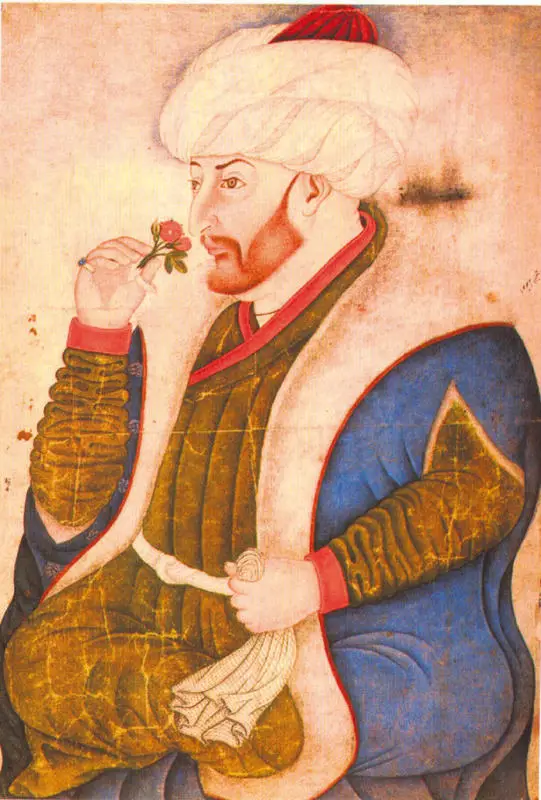
What does the Damask Rose smell like? Damask Rose is used in the majority of fragrances at the moment. It has a slightly sweet floral tone which is very feminine. It can also be made to have a slightly powdery and clean scent which is reminiscent of the smell of makeup. In some soils, Damask Rose can also create a slightly citrus, fruity and even spicy floral feel.
Examples of perfumes which use Damask Rose; Miss Dior Blooming Bouquet, My Burberry, Lancôme Idôle.
May Rose
Also known as; Rose Centifolia (“Hundred-leaves” in Latin) or Rose de Grasse.
May Rose is quite a challenging rose to grow for use in perfume; it only flowers once a year, and when it does it has to be picked on the day it blooms and before dawn because the scent weakens as the sun strengthens during the day.
Where is May Rose grown? I went to Provance in the south of France about 10 years ago and the very first thing that struck me when I arrived was the scent in the air. Provanceis famous for its lavender fields, but it’s also the home of Grasse where the May Rose has been grown since the 1800s. At its peak in the last century over 700 hectares were filled with May Rose, now due to the significant costs of production there are about 50 fields for the Rose de Grasse.
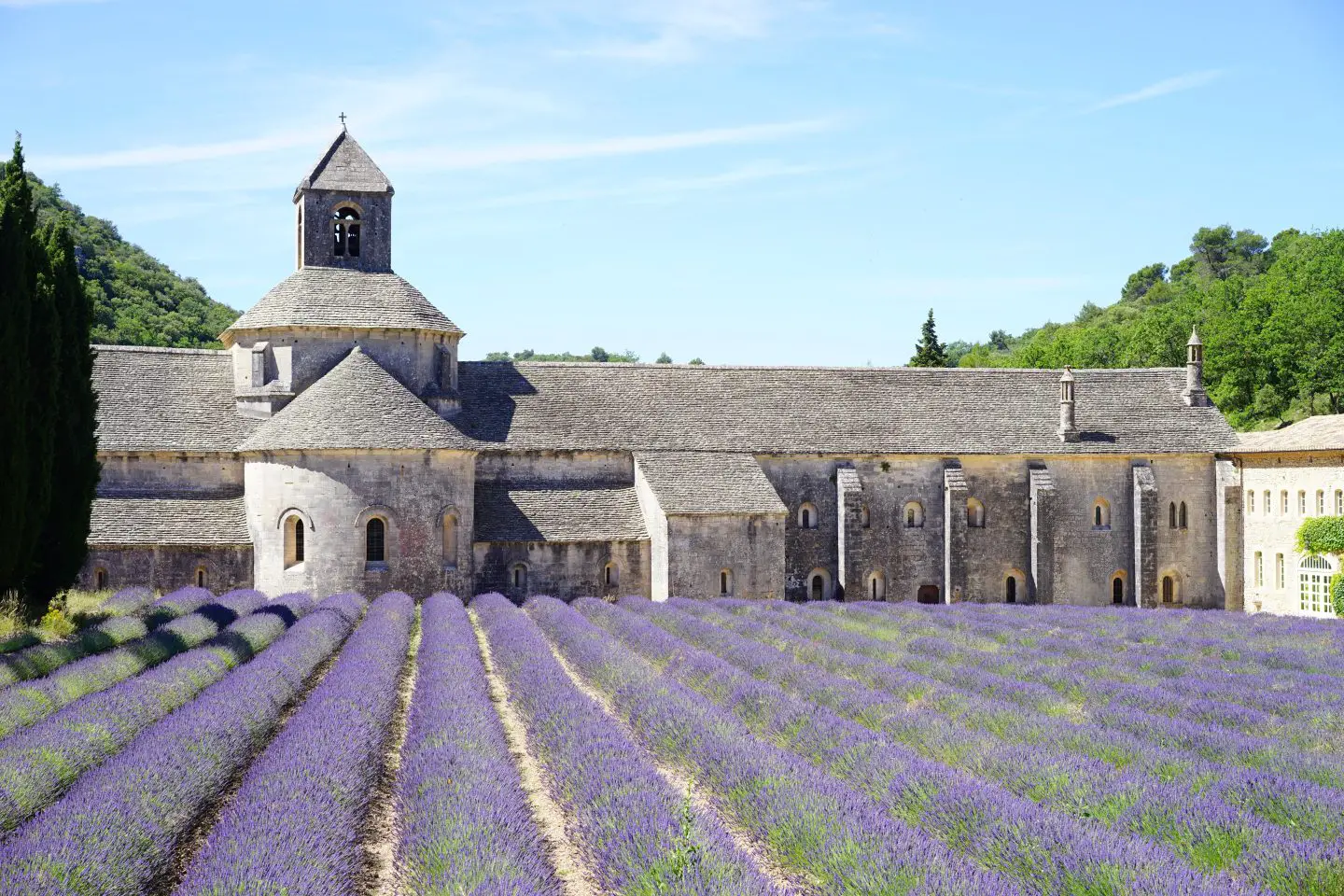
What does Rose Centifolia smell like? The May rose The rose blends honeyed and floral notes that give an unparalleled subtlety to perfumes. Sometimes it can adopt animal facets and reveal leathery sides that are very elegant.
Examples of perfumes which use May Rose; Chanel N.o. 5, Miss Dior Absolutely Blooming, Jo Malone Red Roses.
Harvesting roses for perfume
How are roses picked? Roses start to flower two years after they are planted, and flower in full after three years. The roses are picked by hand as soon as they bloom with each person picking about 5kg of roses every hour.
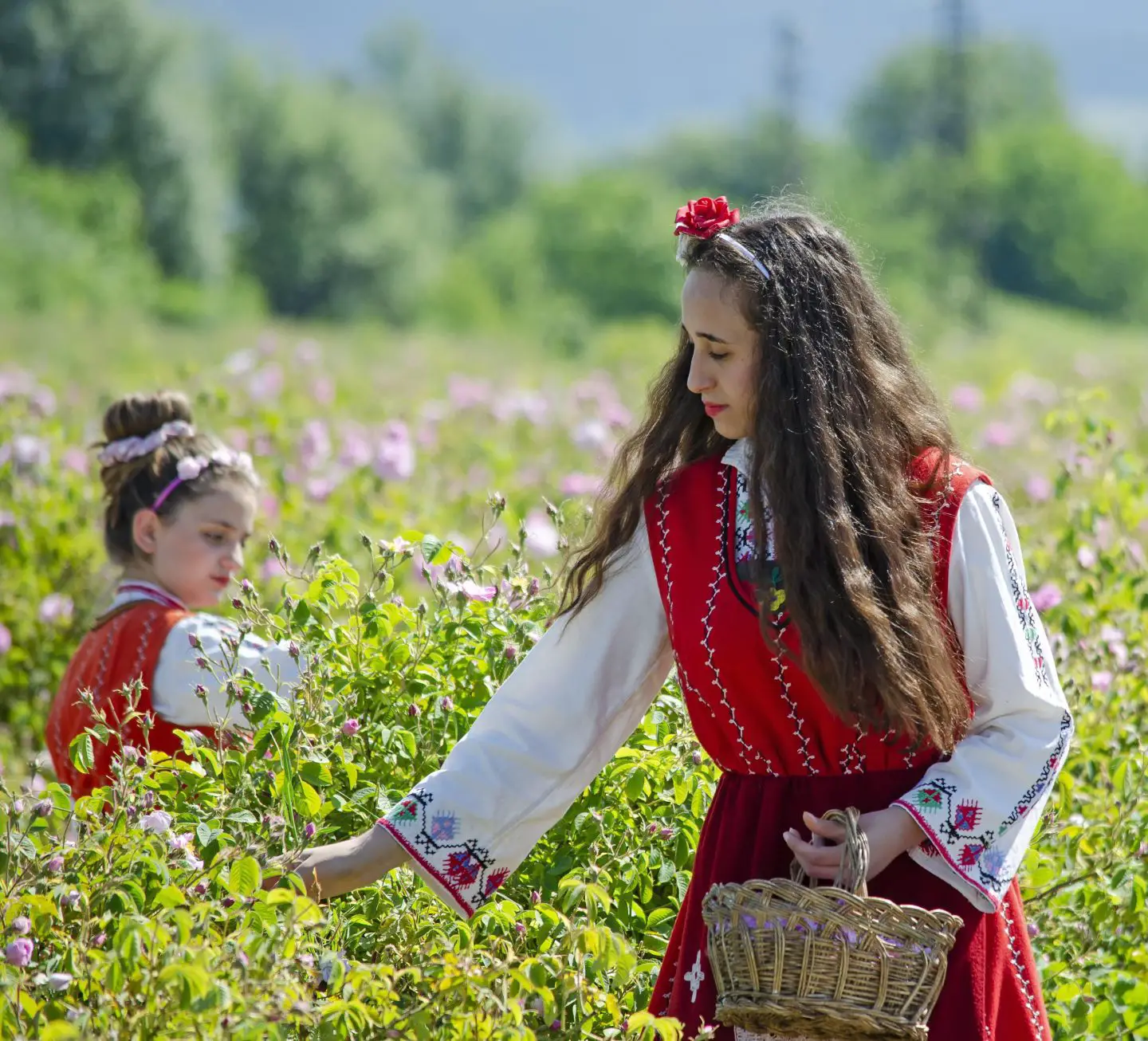
The roses are collected in jute burlap bags; this material allows oxygen into the roses and prevents them from getting squashed.
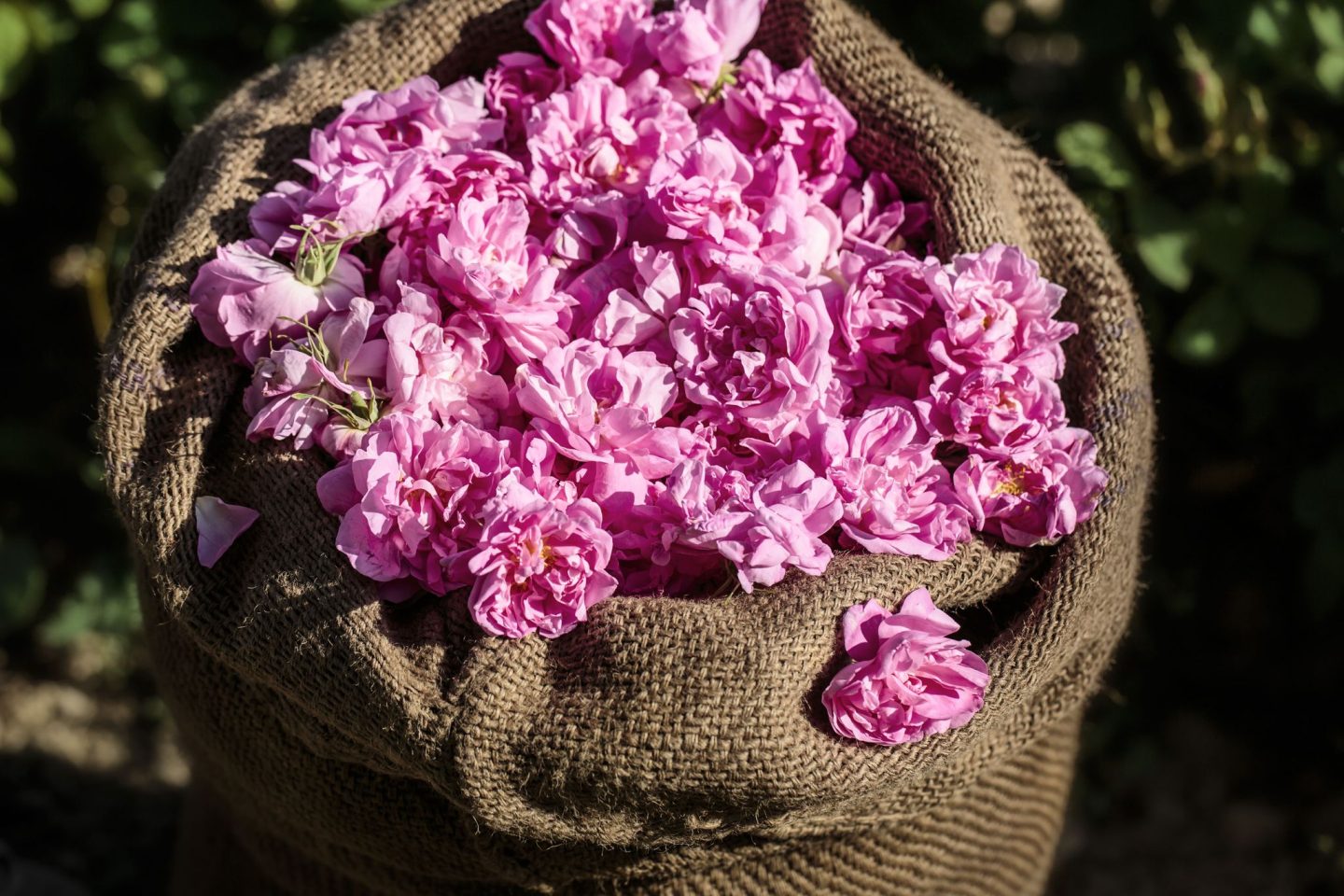
How is the rose scent extracted? There are two techniques used to extract the natural rose oil, the technique used determine how intense the scent will be.
Firstly, there is the traditional steam distillation method. Steaming the roses causes the petals to release the rose oil into vapour which is then condensed and cooled. The oil is then separated from the water from the steam. To create a kilogram of rose oil through steam distillation up to five tons of petals are required.
The second method is to use a volatile solvent to extract the rose oil. In this method the rose petals are placed on metal trays and covered in a chemical called hexane, and heated to a high temperature; this process is repeated three times. A rose extract falls to the bottom of the machine and forms a wax which is called ‘concrete’. Over three days the ‘concrete’ is mixed with alcohol, chilled and filtered before the alcohol is removed through distillation. This is the most common method as it yields much more scent from the petals; only 400kgs of petals are needed to produce a kilogram of rose absolute (a Chanel No. 5 30ml Perfume contains rose extract from 12 May Roses).

